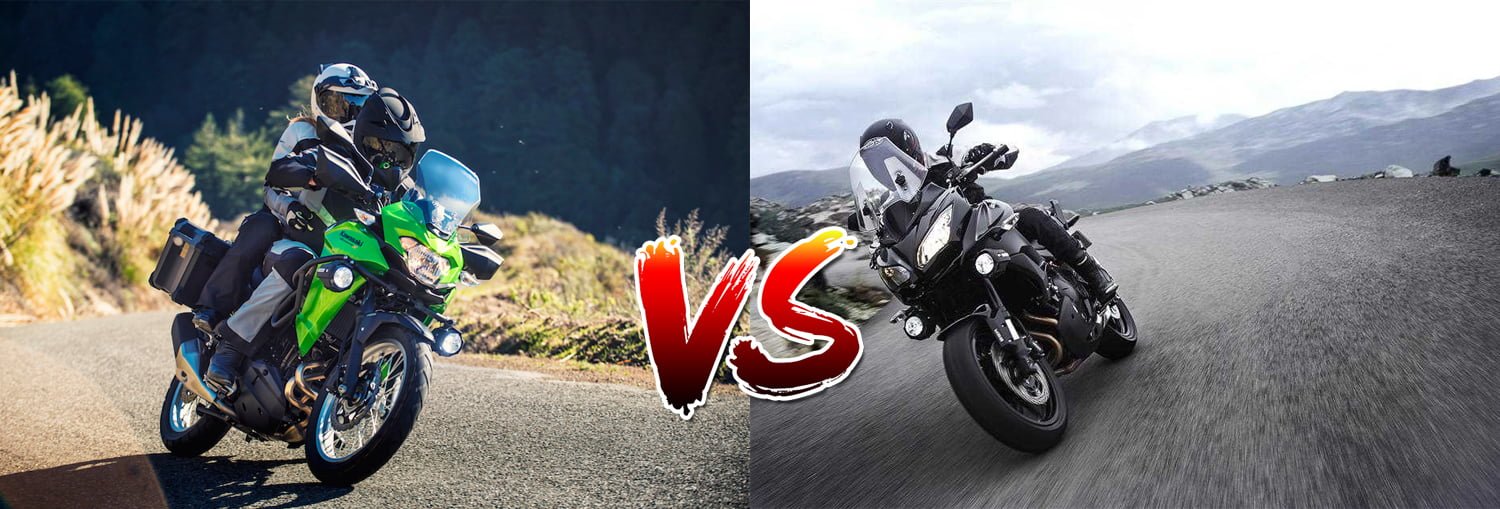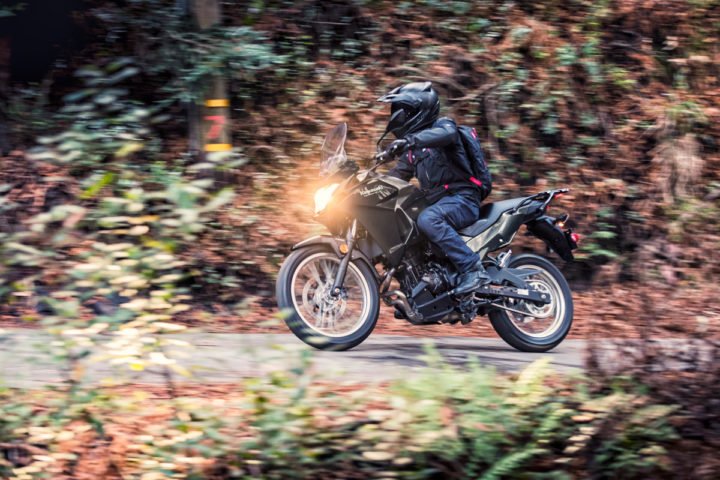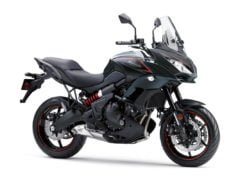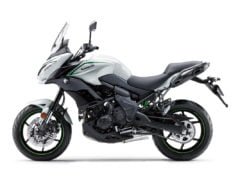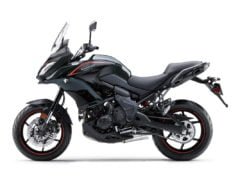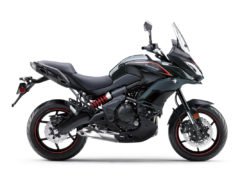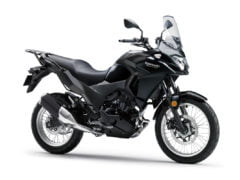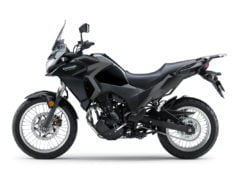Is Kawasaki Versys X-300 worth its tag? Or is it better to buy the 650 sibling? We compare the two in our Kawasaki Versys X-300 vs Versys 650 comparison here
Kawasaki recently launched the Versys X-300 at a price of INR 4.6 lakh. It’s elder sibling, the Versys 650 is priced INR 2 lakh more. We are going to compare the value-for-money equation amongst the two siblings and deliver a verdict accordingly. So, read on for our Kawasaki Versys X-300 vs Versys 650 comparison post.
Engine and Gearbox
|
|
Kawasaki Versys X-300 |
Kawasaki Versys 650 |
|
Engine |
296cc Parallel Twin |
649cc Parallel Twin |
|
Maximum Power @rpm |
40 PS @ 11,500 rpm |
69 PS @ 8,500 rpm |
|
Maximum Torque @rpm |
25.7 Nm @ 10,000 rpm |
64 Nm @ 7,000 rpm |
|
Transmission |
6-speed |
6-speed |
|
Frame Type |
Backbone, high-tensile steel |
Diamond, high-tensile steel |
|
Wheelbase |
1,450 mm |
1,415 mm |
|
Ground Clearance |
180 mm |
170 mm |
The Kawasaki Versys X-300 borrows its engine and frame from the Ninja 300 while the Versys 650 shares the same with the Ninja 650. What defines one from the other is that the elder sibling gets completely different engine tune more favourable towards the purpose of the bike whereas the X-300 gets none of that.
According to the specification sheets available on Kawasaki’s Indian website, the X-300 makes 40PS of power @ 11,500 rpm and 25.7 Nm of Torque @ 10,000 rpm. In comparison, the Versys 650’s 649cc parallel twin produces 69 PS of power @ 8,500 rpm and 64 Nm of torque @ 7,00 rpm. When comparing the two on paper, the 650’s power is delivered 3,000 rpm earlier and the torque comes in 1,500 rpm sooner than the X-300. What this clearly translates is the nature of the engine, which, on the 650 is perfectly suited for adventure touring as the maximum power is delivered in the low and mid-range.
The X-300’s power lies in the top range highlighting a split-personality trait. When you get on the X-300, it will feel like an adventure tourer but, when you get going, you will have to rev the engine higher revealing traits of a sports bike.
Verdict – While the X-300 produces enough power, the maximum power and torque are only available in the top band. This trait is uncommon to that of Adventure Tourers and strong low and mid-range are what it should’ve delivered. The Versys 650 gains a lot from the fact and wins this argument single-handedly.
 Ergonomics and Versatility
Ergonomics and Versatility
|
Seat Height |
815 mm |
840 mm |
|
Fuel Capacity |
17 Litres |
21 Litres |
|
Curb Mass |
184 kg |
216 Kg |
|
Front Suspension travel |
130 mm |
150 mm |
|
Rear Suspension Travel |
148 mm |
145 mm |
|
Front Brake |
290mm dual-piston single disc |
300mm dual-piston dual disc |
|
Rear Brake |
220mm dual piston single disc |
250mm dual-piston single disc |
The Versys X-300 weighs 184 kg which is perfect for the kind of bike and makes it light and peppy. The Versys 650, on the other hand, weighs 216 kg and is half an average human heavier than its sibling. The seat height for the former stands at 815 mm while for the latter it’s 840 mm.
The fuel capacity of X-300’s tank is 17 litres while the 650 holds 21 litres. The ground clearance on the X-300 is 10 mm more to that of its elder sibling. Now comes the twisty part, the 650’s suspension travel is 20mm more and 3 mm less on the rear as compared to the X-300. The former gets 300 mm dual disc setup at the front and 250mm single at the rear. The X-300 gets 290mm single disc at front and 220mm single disc at the rear.
Verdict – While the X-300 clearly wins in certain sections like weight, wheelbase and rear suspension travel, the differences are minuscule and when we do a proper road test of the two, we shall highlight the rideability, fuel economy, tech=on-board etc.
Finally, as per the facts available right now, the Versys 650 is a clear winner of this Kawasaki Versys X-300 vs Versys 650 comparison.
Check out the Versys 650 gallery below
Check out the Versys X-300 gallery below
So, what do you think of our Kawasaki Versys X-300 vs Versys 650 comparison? Share your views with us by penning them down in the comments section below. Those who want to read our review of the two, stay tuned and find out.

